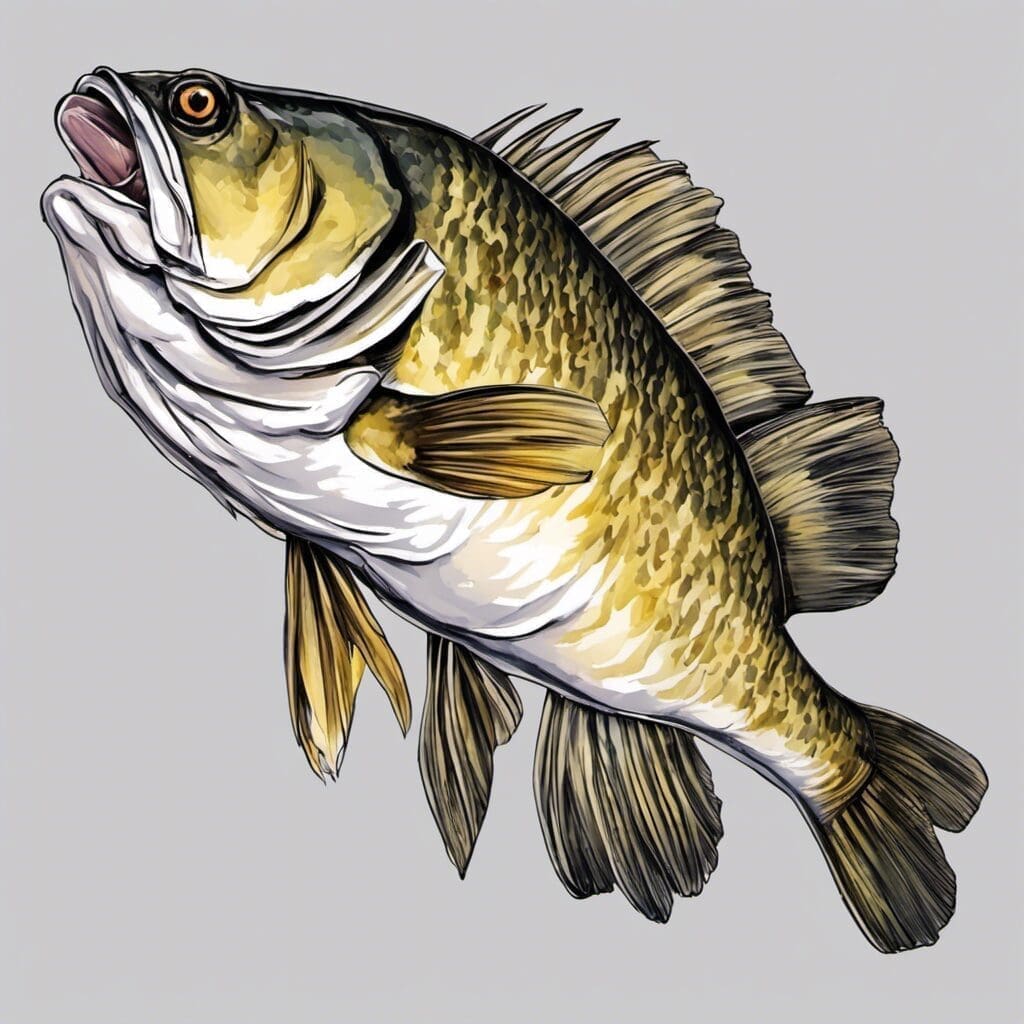Introduction: Species Name, Family Name
The Pile Perch, scientific name Rhacochilus vacca, is a species of surfperch fish in the family Embiotocidae. This species is native to the Pacific Ocean’s coastal waters and estuaries, particularly from Vancouver Island to the northern half of the Baja California peninsula.
Conservation Status: Current Status, Conservation Efforts
As of now, the Pile Perch is considered as ‘Least Concern’ according to conservation status. There are no notable threats identified that would significantly affect their population.
Statistics
| Statistic | Average | Range |
|---|---|---|
| Length | 15 inches | 12 inches – 19 inches |
| Weight | 2.0 pounds | 0.8 pounds - 2.7 pounds |
| Average Lifespan | 8 years |
Distribution: Regions/Countries, Migration Patterns
Pile Perch are native to the Pacific coast of North America. Their range spans from British Columbia, including Vancouver Island, to the northern half of the Baja California peninsula. They do not have intricate migration patterns, typically staying close to their spawning areas.
Habitats: Water Type, Depth Range, Temperature Range
Pile Perch inhabit coastal waters and estuaries, preferring saltwater climates. They swim in a depth range between 0 to 60 meters. The temperature range for the habitat of Pile Perch is typically between 10 to 20 degrees Celsius.
When and Where to See: Seasonal Patterns, Time of Day
Pile Perch can be observed all year round. However, they are most active during the spawning season, which usually spans from May to August. You’ll mostly sight them during morning and late afternoon hours.
Best Fishing Locations
Top 10 locations
- Elkhorn Slough, California
- Newport Pier, California
- San Francisco Bay, California
- San Diego Bay, California
- Puget Sound, Washington
- Crescent City, California
- Westport, Washington
- Bodega Bay, California
- Neah Bay, Washington
- Tillamook Bay, Oregon
General Tips
The species is found near pilings, breakwaters, and barge docks. Look for such environments for the best chances of finding them.
How to Catch: Preferred Bait or Lures, Fishing Techniques
Pile Perch are most often caught by anglers using bait such as shrimp, squid, or anchovies. They’re also known to bite on artificial lures and flies. Recommended fishing techniques include bottom fishing and pound net.
Identification Guide
Pile Perch are mainly yellow-gray in color with darker bands going across their bodies. They have a more triangular body shape compared to other Perch, which helps a lot in differentiating them from related species.
Culinary: How to Cook, Taste Profile, Nutritional Information
Pile Perch have a good taste profile with a mildly sweet flavor. They can be grilled, baked, fried or smoked. They’re a good source of protein and low in fat.
Additional Information
Behavior
Pile Perch are social fish and often swim in schools. They feed on crustaceans, mollusks, and small fish.
Predators and Threats
Natural predators of the Pile Perch include larger fish and marine mammals.
Cultural/ Historical Significance
Pile Perch have been a notable source of food for native tribes along the Pacific coast and continue to be a popular catch among recreational fishermen.
References and Further Reading
- The Audubon Field Guide to North American Fishes, Whales and Dolphins, 1983.
- Froese, Rainer. “Rhacochilus vacca, Pile perch”, FishBase. October 2018.

